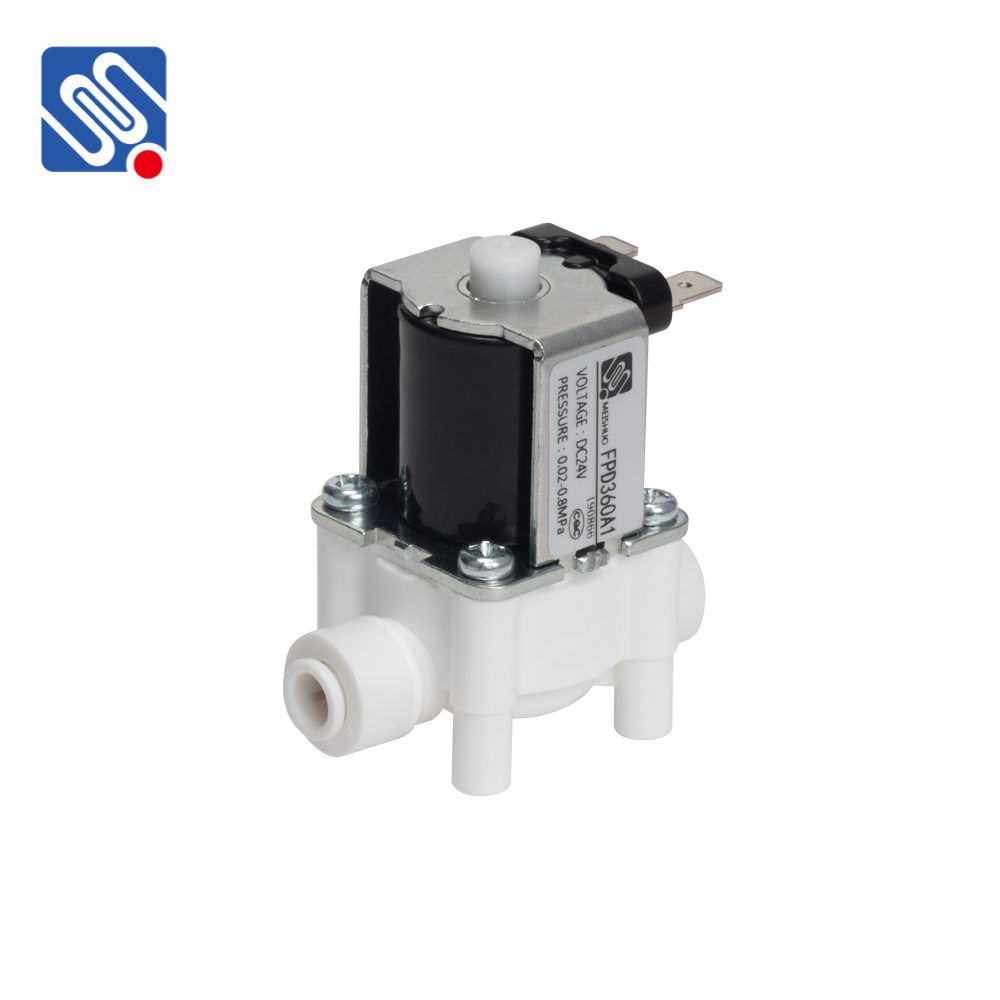understanding the functionality and applications of normally open solenoid valves
Release time:2025-08-05 15:42:02
A Normally Open (NO) Solenoid Valve is a type of electrically controlled valve commonly used in various fluid control applications. As the name suggests, a Normally Open valve remains in an open state when not energized, allowing fluid or gas to flow through. The valve closes only when a signal is applied to the solenoid coil, causing the valve to shut off the flow of the medium. This particular type of valve is widely employed in many industries due to its simple operation, reliability, and versatility.

Working Principle of Normally Open Solenoid Valves
At its core, a Normally Open Solenoid Valve operates based on electromagnetic principles. It is made up of a solenoid coil, a valve body, and a plunger. The solenoid coil is typically connected to an electrical power source, and when power is supplied, it generates a magnetic field that either pulls or pushes the plunger within the valve body. In a Normally Open Solenoid Valve, the default position is open, meaning that when there is no power, the valve remains open, allowing the flow of the medium.
Upon applying electrical current to the solenoid coil, the magnetic field created causes the plunger to move, which results in the closure of the valve. This action blocks the flow of the fluid or gas through the valve. Once the power is turned off, the valve reverts to its default open state. This design allows the valve to be controlled remotely or automatically, making it an essential component in many automated systems.

